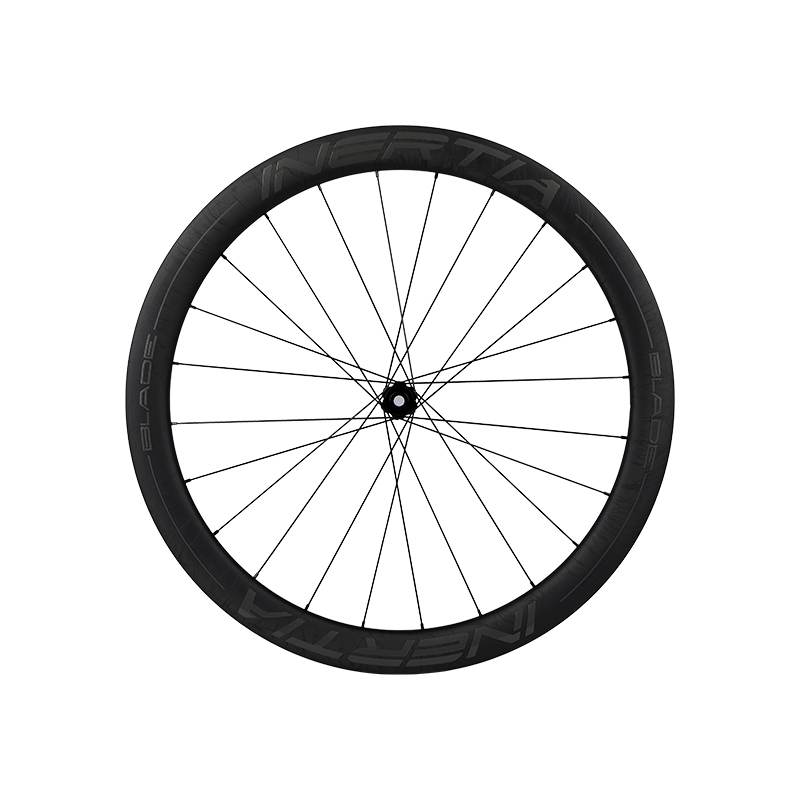Formulating quality inspection standards for carbon fiber road bike wheels involves defining specific criteria and procedures to evaluate the wheels' performance, safety, and manufacturing quality. Here are the steps to create quality inspection standards for carbon fiber road bike wheels:

Identify Key Performance Parameters:
Determine the critical performance characteristics that should be assessed. These may include weight, stiffness, aerodynamics, braking performance, and durability.
Define Tolerances and Specifications:
Establish acceptable tolerances and specifications for each parameter. These should be based on industry standards, manufacturer recommendations, and desired performance levels.
Create Inspection Procedures:
Develop detailed inspection procedures for each parameter. These procedures should outline the specific tests, measurements, and tools required for assessment.
Establish Testing Equipment:
Procure or calibrate the necessary testing equipment and instruments, such as digital scales, calipers, tension meters, and brake testers.
Specify Testing Conditions:
Define the testing conditions, such as temperature, humidity, and load conditions, under which the inspections will be conducted. Ensure that these conditions are consistent and replicable.
Sample Selection:
Determine the appropriate sample size and selection method. Random sampling from production batches is a common approach.
Performance Testing:
Perform performance tests to evaluate the wheels' characteristics, such as:
Weight: Verify that the wheels meet weight specifications.
Stiffness: Test lateral and radial stiffness to ensure they meet desired standards.
Aerodynamics: Assess aerodynamic properties, including drag coefficients, in a wind tunnel if applicable.
Braking Performance: Evaluate braking performance under controlled conditions, checking for heat dissipation and stopping power.
Impact Resistance: Conduct impact tests to assess the wheels' ability to withstand shocks and impacts.
Visual Inspection:
Conduct visual inspections to identify any defects, such as cosmetic imperfections, delamination, or irregularities in the carbon fiber weave.
Check for proper alignment and symmetry of the wheels.
Tension and Trueness Testing:
Measure spoke tension to ensure uniformity and correct tension levels.
Assess carbon fiber road bike wheels trueness to identify any lateral or radial deviations.
Brake Track Inspection:
Examine the brake tracks for wear, signs of overheating, or damage.
Check for smooth and consistent braking surfaces.
Durability Testing:
Subject the wheels to durability tests that simulate real-world riding conditions, including impacts, vibrations, and fatigue testing.
Safety Standards Compliance:
Ensure that the wheels comply with safety standards, such as EN ISO 4210 for bicycle safety.



 Español
Español













